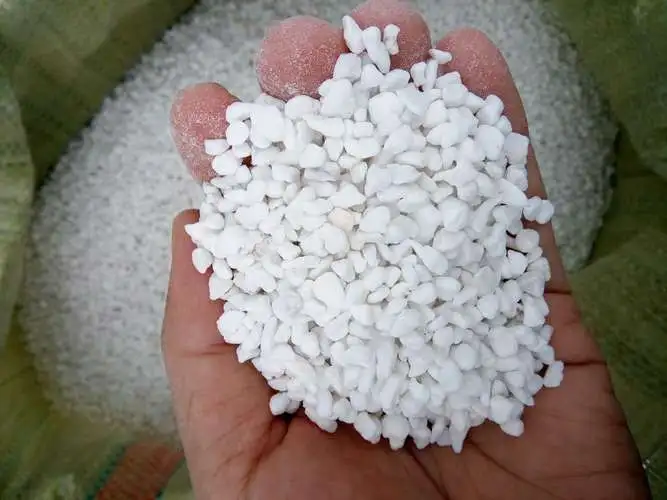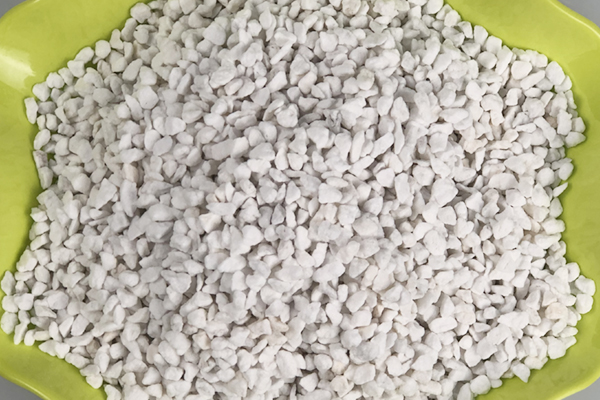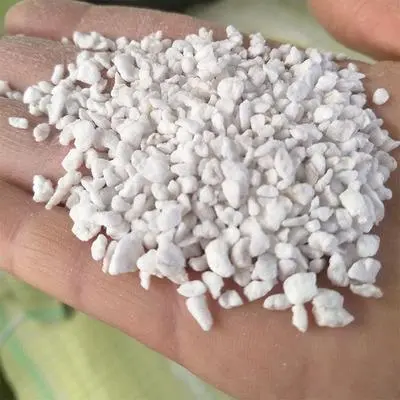
Perlite has the characteristics of light weight, heat preservation and heat insulation.
Perlite is a versatile and unique material known for its porous structure, making it a popular choice in various applications. This lightweight mineral is characterized by its excellent heat preservation and insulation properties, as well as its ability to absorb and retain water effectively. Widely used in horticulture and agriculture, perlite plays a crucial role in enhancing soil structure by increasing ventilation and improving water retention.

Its presence in soil helps in promoting the growth of flower roots and benefits plants that thrive in dry and airy environments, such as cacti, succulents, and orchids. However, perlite may not be suitable for plants that prefer a moist environment, such as aloe vera and pear. With its unique properties and wide-ranging applications, perlite continues to be a valuable resource in the world of gardening and agriculture.

Perlite is a kind of acidic lava from volcanic eruption, which is sharply cooled into glassy rock and is named for its pearl-fissure structure.
Perlite deposits include perlite, obsidian and turpentine. The difference between the three is that perlite has circular arc cracks formed by condensation, called perlite structure, water content of 2~6%; Turpentine rock has a unique turpentine luster and a water content of 6-10%. Obsidian has glassy luster and shell-like fractures, and the water content is generally less than 2%.

Share
-
Chlorolite is obtained from zeolite ore by high temperature sintering and dehydration treatment.NewsMay.24,2024
-
The main component of talc is magnesium silicate containing talc water,NewsMay.22,2024
-
Alumina is a high-hardness compound commonly used in the manufacture of refractory materials.NewsMay.20,2024
-
Hollow glass beads are tiny, hollow glass spheres,NewsMay.16,2024
-
Fused quartz is the amorphous (glassy) state of silicon oxide (quartz, silica).NewsMay.09,2024
-
Vermiculite is a natural, inorganic, non-toxic mineral that expands under high temperature.NewsApr.09,2024






